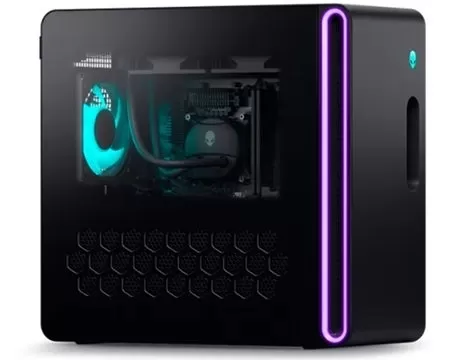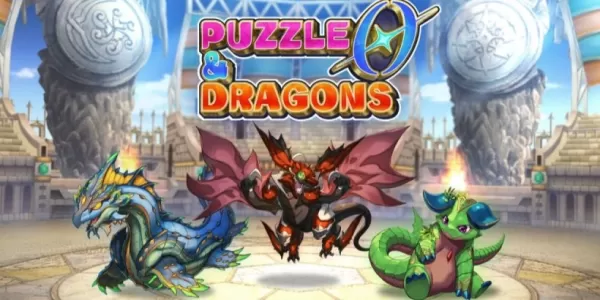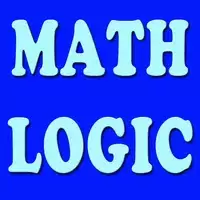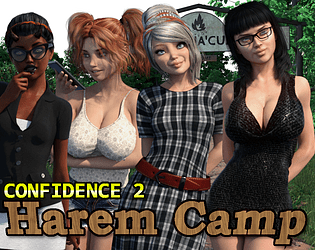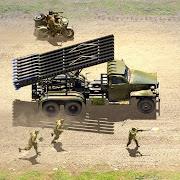The Amazon Prime animated series, Invincible, based on Robert Kirkman's acclaimed comic book, has sparked renewed interest in this brutal, character-driven, and morally complex universe. Its blend of intense action and ambiguous storytelling quickly garnered a devoted fanbase. However, adapting such a rich narrative for television necessitated changes, some subtle, others more substantial.
This article explores the key differences between the animated series and the comics, analyzes the shortcomings of the third season, and examines how these adaptations affect the overall narrative.
Table of Content ---
From Page to Screen: Key Differences Between the Animated Series and Comics
Mark Grayson’s Journey: Compression vs. Gradual Growth
Supporting Cast Dynamics: Who Gets More Screen Time?
Antagonists: Simplified Motivations for Pacing
Action Sequences: Enhanced Visuals and Choreography
Thematic Exploration: Emphasis on Morality and Legacy
Season 3 Critique: Why the Magic Fades
Repetitive Storylines: Treading Familiar Ground
Cecil's Subplot: A Missed Opportunity
Lackluster Action: Where Did the Spark Go?
Slow Start: Building Momentum Too Late
Balancing Adaptation and Innovation
Why Fans Should Still Watch (Read With Caution)
From Page to Screen: Key Differences Between the Animated Series and Comics
 Image: amazon.com
Image: amazon.com
Mark Grayson’s Journey: Compression vs. Gradual Growth
A significant difference lies in Mark Grayson's portrayal. The comics depict a gradual transformation into a superhero, showcasing his development from power discovery to grappling with the moral complexities of heroism. This slow burn allows for a deeper exploration of his character arc. The series, however, condenses this journey, creating urgency but potentially sacrificing depth. While engaging, this may leave some fans feeling Mark's growth was rushed.
Supporting Cast Dynamics: Who Gets More Screen Time?
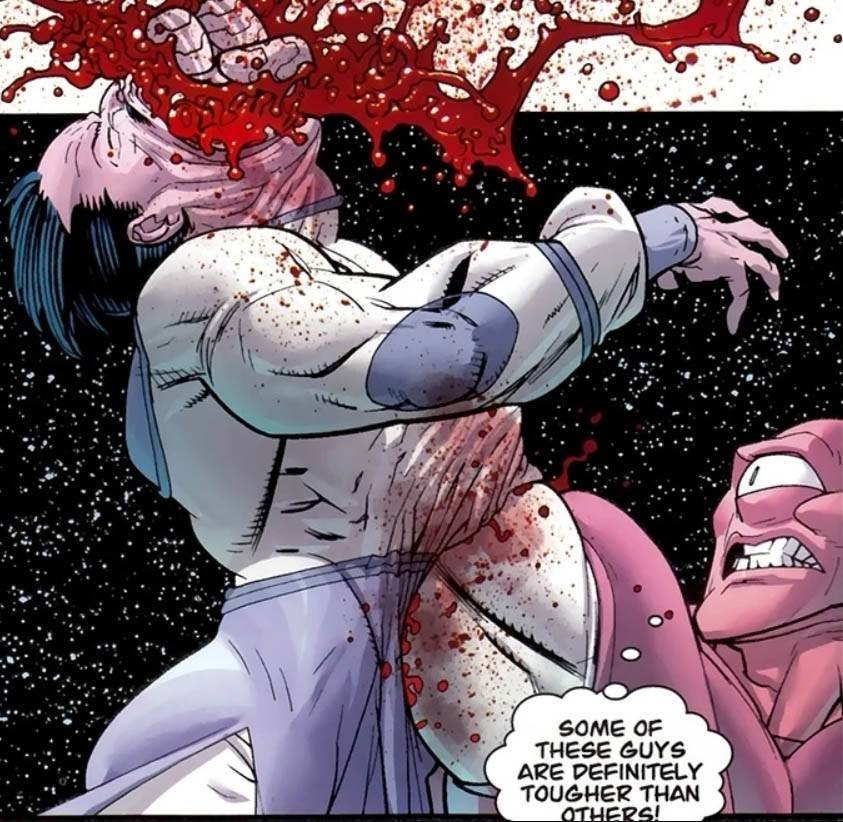 Image: amazon.com
Image: amazon.com
The supporting cast experiences notable shifts. Allen the Alien, for example, becomes more central, adding humor and insight. Conversely, characters like Battle Beast receive less screen time, a change that might disappoint some fans. These adjustments streamline the narrative for a broader audience.
Antagonists: Simplified Motivations for Pacing
 Image: amazon.com
Image: amazon.com
Villains like Conquest and the Shadow Council receive more nuanced treatment in the comics, with detailed motivations and backstories. The series simplifies these for pacing, prioritizing high-stakes confrontations. This makes the story more accessible but risks oversimplifying the antagonists' complexity. Omni-Man's betrayal, for instance, feels more immediate in the series than in the comics.
Action Sequences: Enhanced Visuals and Choreography
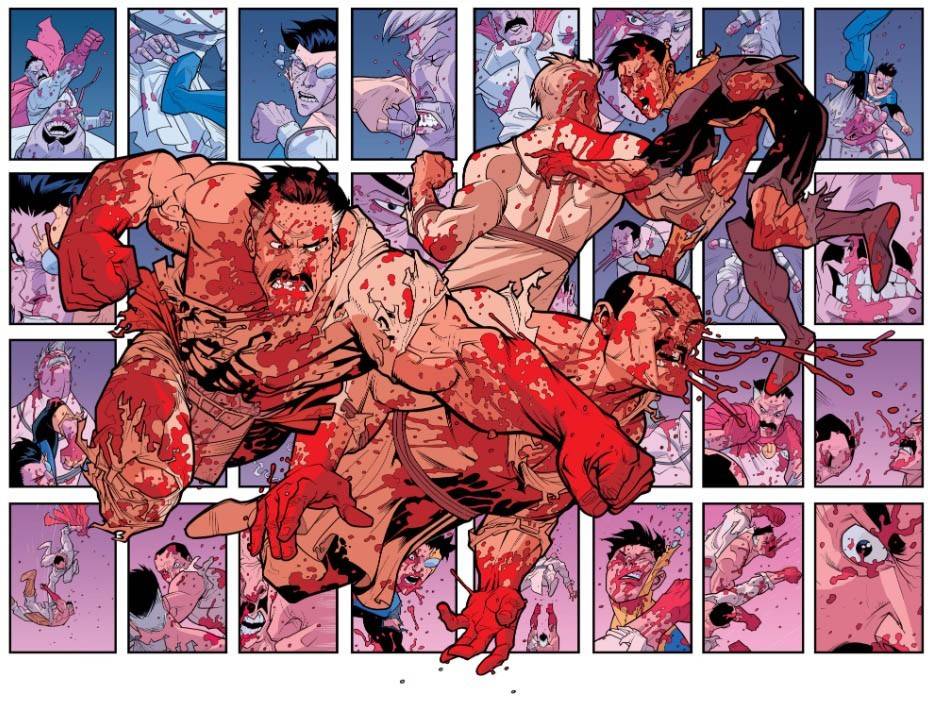 Image: amazon.com
Image: amazon.com
The animated series excels in its action sequences, utilizing animation for dynamic choreography and special effects. Battles are visually intensified, creating a scale and intensity rivaling live-action films. While these enhancements sometimes diverge from the comics, they generally elevate the spectacle.
Thematic Exploration: Emphasis on Morality and Legacy
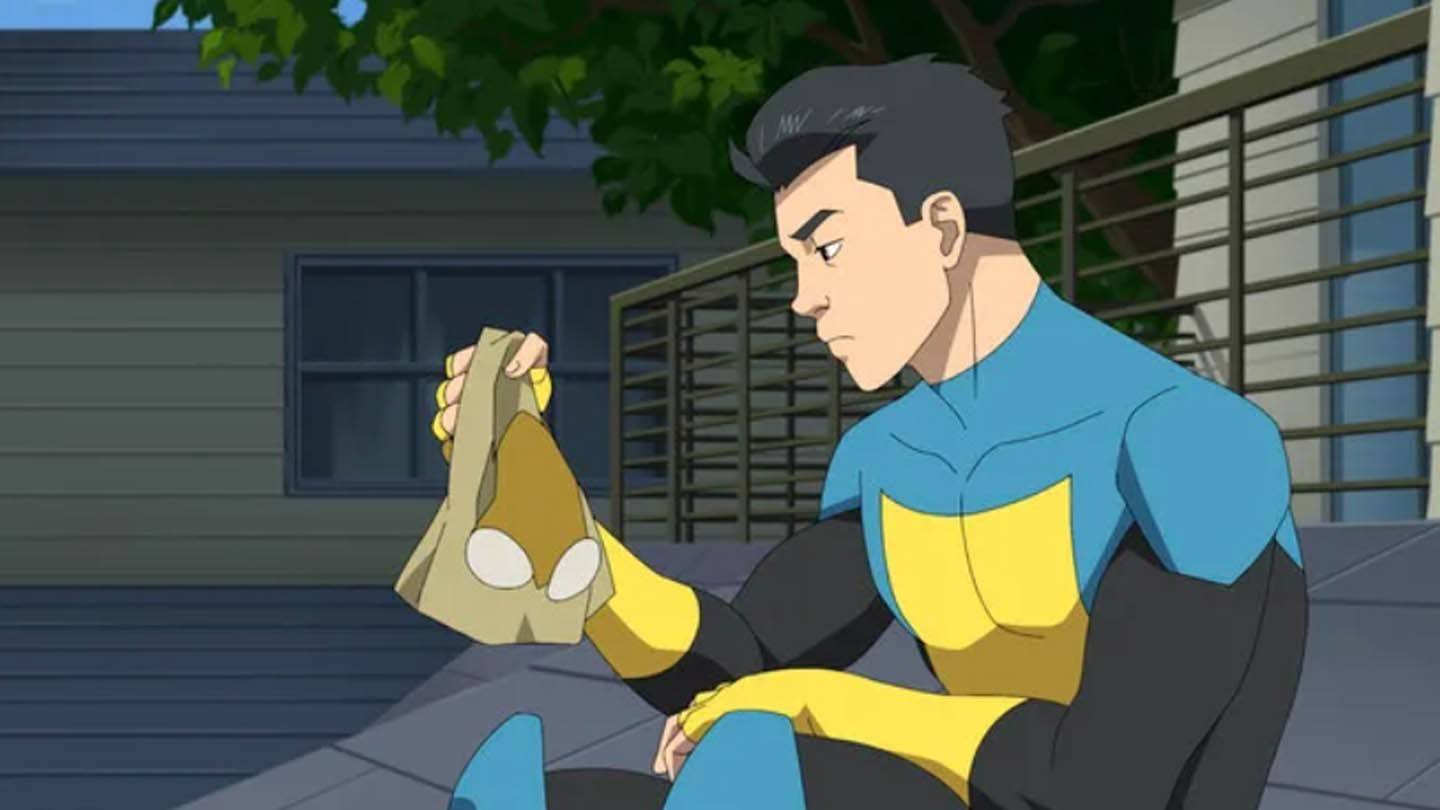 Image: amazon.com
Image: amazon.com
Thematic exploration also differs. The series emphasizes morality, power, and legacy, reflecting the demands of episodic storytelling. Mark's struggle with his father's actions receives more focus. Other themes, like the philosophical implications of superhuman existence, are downplayed for narrative clarity.
Season 3 Critique: Why the Magic Fades
Despite the acclaim of the first two seasons, the third installment left many fans underwhelmed.
Repetitive Storylines: Treading Familiar Ground
 Image: amazon.com
Image: amazon.com
Season 3 relies on familiar tropes. Previous seasons surprised viewers with unexpected reveals and twists; Season 3 revisits these themes without offering novelty. Mark's internal conflict regarding his father's legacy, for example, feels redundant.
Cecil's Subplot: A Missed Opportunity
 Image: amazon.com
Image: amazon.com
Cecil's subplot of reprogramming criminals feels overly idealistic in a morally ambiguous world, creating a disconnect and leaving the subplot unresolved. The question arises: "If it weren't for Cecil, you'd be dead, and the world would be burning!"
Lackluster Action: Where Did the Spark Go?
 Image: amazon.com
Image: amazon.com
Even the action sequences, a series highlight, lack the emotional resonance of previous seasons. While visually impressive, the lack of genuine stakes makes these moments feel less impactful than before.
Slow Start: Building Momentum Too Late
 Image: amazon.com
Image: amazon.com
The season's sluggish start, with generic villains and threats, fails to create urgency. The delayed build-up diminishes the overall excitement.
Balancing Adaptation and Innovation
 Image: amazon.com
Image: amazon.com
Invincible successfully captures the spirit of the comics while adapting for television. However, Season 3 demonstrates the challenges of maintaining this balance. Over-reliance on familiar tropes and prioritizing spectacle over depth risks diminishing the original material's strengths.
Why Fans Should Still Watch (Read With Caution)
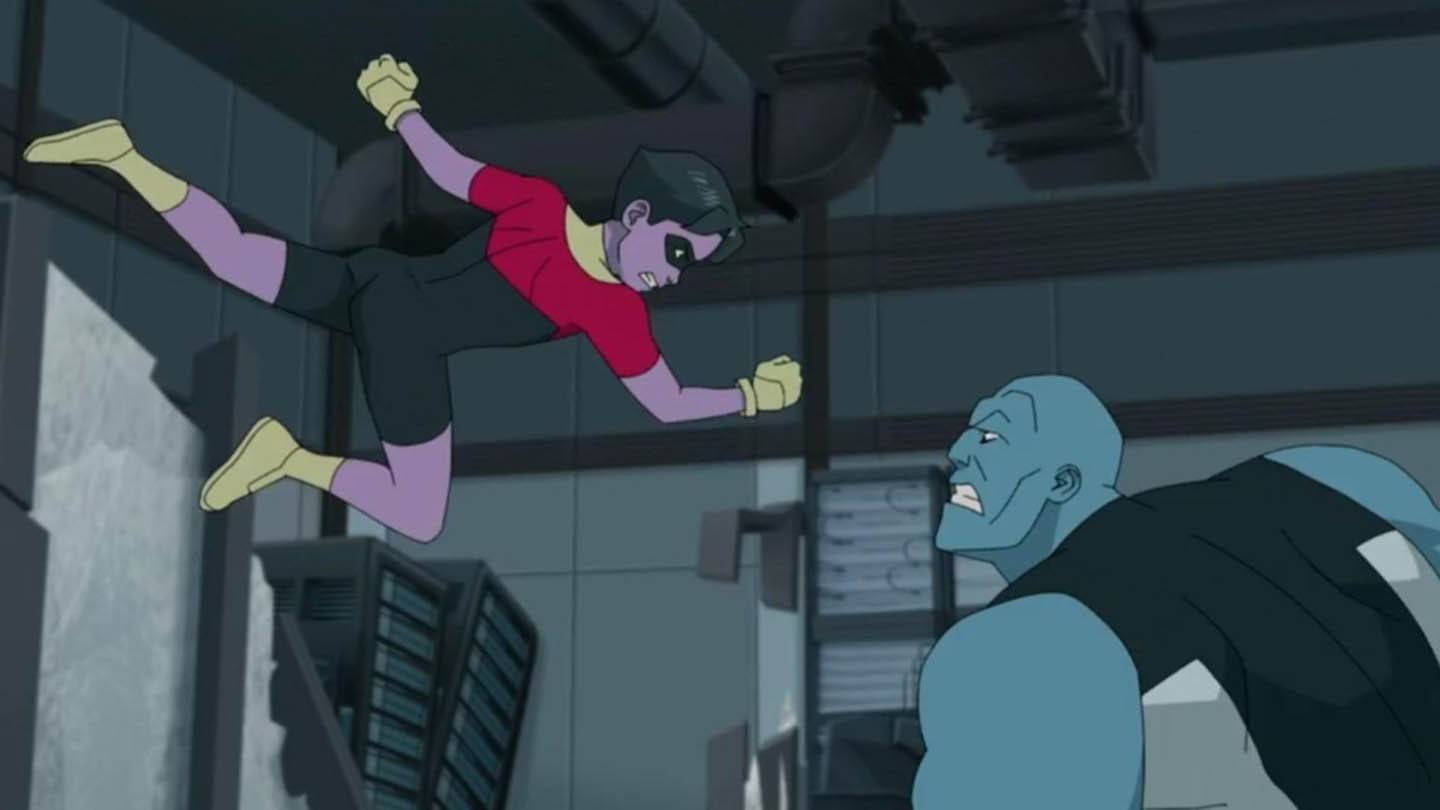 Image: amazon.com
Image: amazon.com
Despite its flaws, Invincible remains engaging and visually impressive. Its action, characters, and themes continue to captivate. However, don't expect the same level of excitement as the first two seasons. The series needs to regain its spark to maintain its appeal. The question remains whether it can overcome the challenge of adapting a finished work while staying true to its powerful source material.


